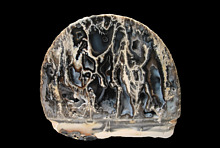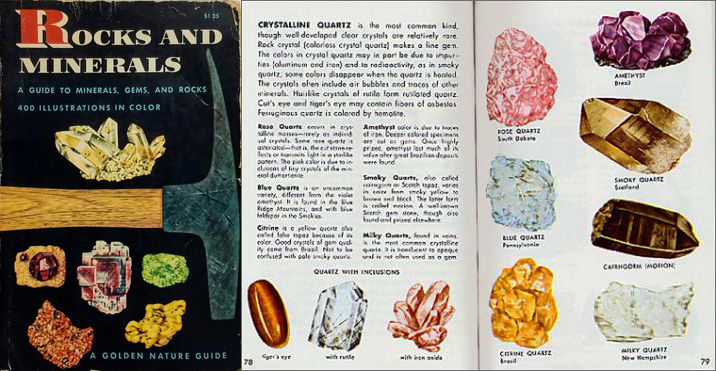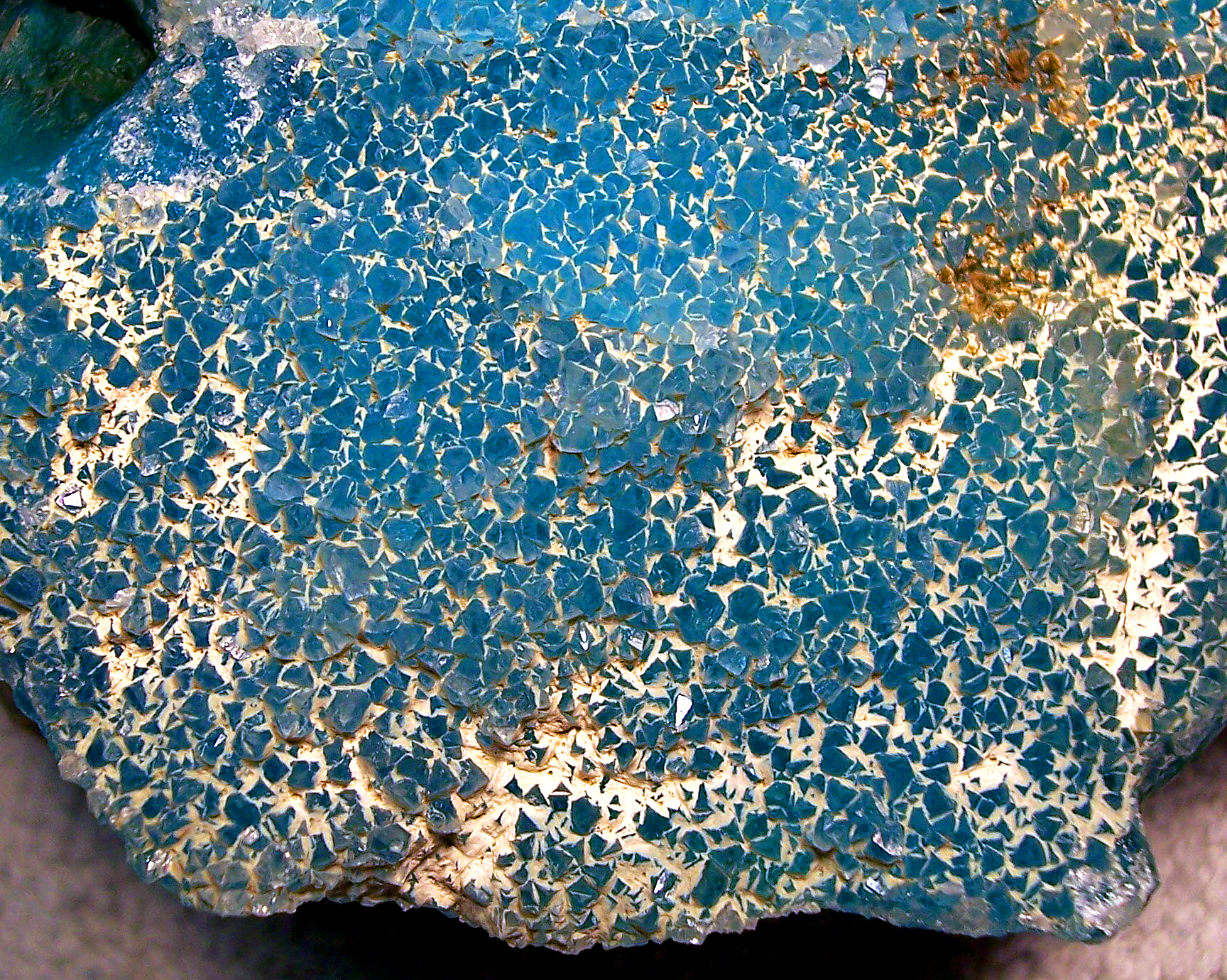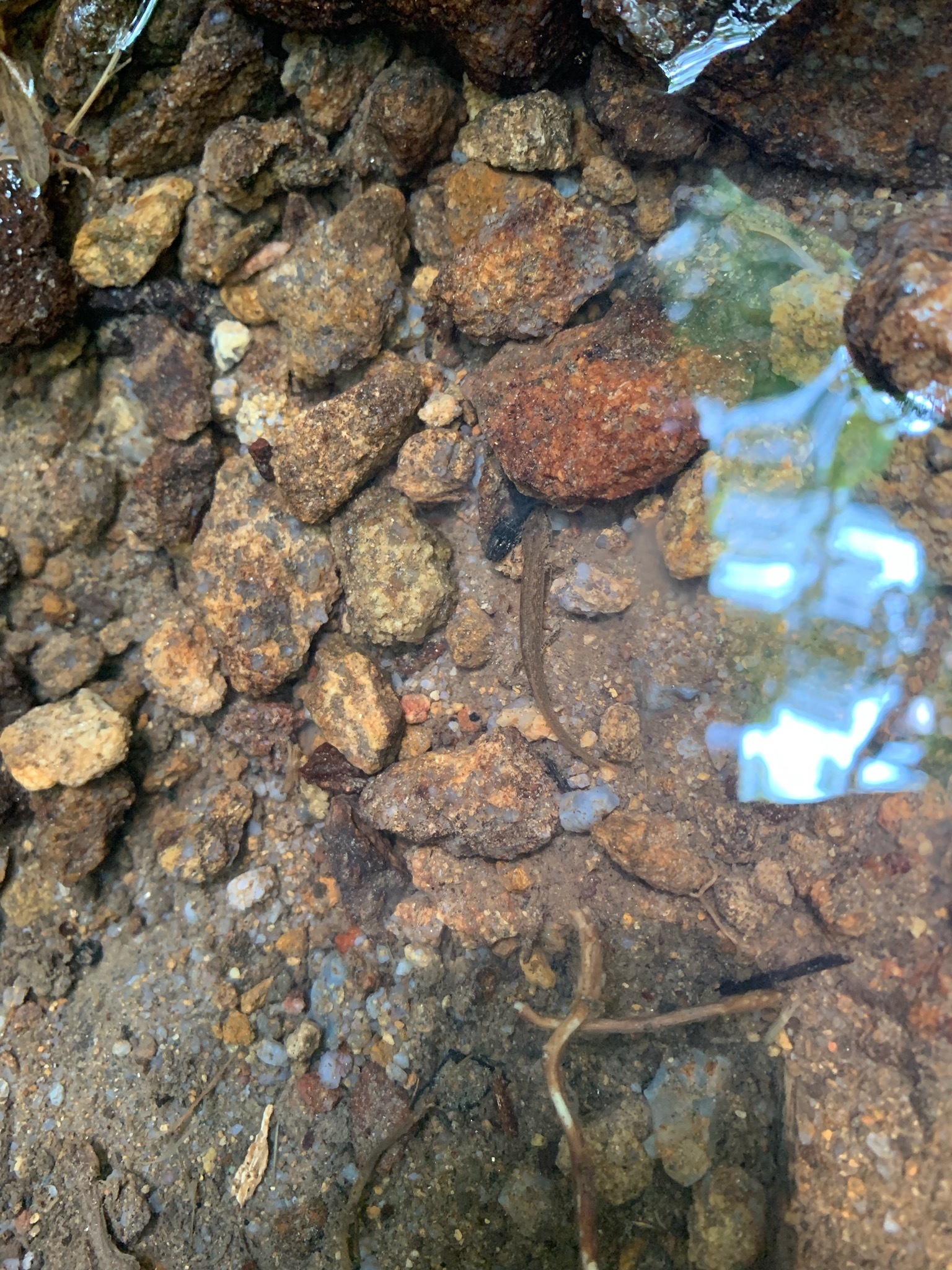Home PageAbout MindatThe Mindat ManualHistory of MindatCopyright StatusWho We AreContact UsAdvertise on Mindat
Donate to MindatCorporate SponsorshipSponsor a PageSponsored PagesMindat AdvertisersAdvertise on Mindat
Learning CenterWhat is a mineral?The most common minerals on earthInformation for EducatorsMindat ArticlesThe ElementsThe Rock H. Currier Digital LibraryGeologic Time
Minerals by PropertiesMinerals by ChemistryAdvanced Locality SearchRandom MineralRandom LocalitySearch by minIDLocalities Near MeSearch ArticlesSearch GlossaryMore Search Options
The Mindat ManualAdd a New PhotoRate PhotosLocality Edit ReportCoordinate Completion ReportAdd Glossary Item
Mining CompaniesStatisticsUsersMineral MuseumsClubs & OrganizationsMineral Shows & EventsThe Mindat DirectoryDevice SettingsThe Mineral Quiz
Photo SearchPhoto GalleriesSearch by ColorNew Photos TodayNew Photos YesterdayMembers' Photo GalleriesPast Photo of the Day GalleryPhotography
╳Discussions
💬 Home🔎 Search📅 LatestGroups
EducationOpen discussion area.Fakes & FraudsOpen discussion area.Field CollectingOpen discussion area.FossilsOpen discussion area.Gems and GemologyOpen discussion area.GeneralOpen discussion area.How to ContributeOpen discussion area.Identity HelpOpen discussion area.Improving Mindat.orgOpen discussion area.LocalitiesOpen discussion area.Lost and Stolen SpecimensOpen discussion area.MarketplaceOpen discussion area.MeteoritesOpen discussion area.Mindat ProductsOpen discussion area.Mineral ExchangesOpen discussion area.Mineral PhotographyOpen discussion area.Mineral ShowsOpen discussion area.Mineralogical ClassificationOpen discussion area.Mineralogy CourseOpen discussion area.MineralsOpen discussion area.Minerals and MuseumsOpen discussion area.PhotosOpen discussion area.Techniques for CollectorsOpen discussion area.The Rock H. Currier Digital LibraryOpen discussion area.UV MineralsOpen discussion area.Recent Images in Discussions
Identity HelpSo I’ve read that blue quartz does not exist in nature that it’s colored by something else...

12th Dec 2018 17:15 UTCTina Williams
More from upper East Tennessee. These are fresh out of a super iron out bath. My apologies for them being wet.
I wanted to send a pic in before I headed to work. I have found tons of the light blue quartz. But the large dark blue one and the two purple ones in the middle still puzzled me as to what they would be called. Are they still blue quartz? Those three seem to be heavier than the lighter colored rocks and the texture is different. I’m still learning how to describe their crystal growth. I’m thinking the deep blue one may just have a higher concentration of whatever is causing the blue color blue but the purple ones really have me baffled. If they must be dry I will send another pic in a couple days when I get them out of the soak....removing the iron out.
Thank you everybody!
12th Dec 2018 18:52 UTCKevin Conroy Manager
12th Dec 2018 18:56 UTCKevin Hean

12th Dec 2018 19:10 UTCWayne Corwin
And the 2 others... "the two purple ones in the middle"... have deep iron staining,,,, blue quartz + red iron staining = purple like colors
And sure, show us the dry pics too.
12th Dec 2018 19:32 UTCScott Rider
12th Dec 2018 20:18 UTCMark Heintzelman 🌟 Expert
MRH

12th Dec 2018 21:41 UTCTina Williams
So the large deep blue one would have a more dense concentration of say, Dumortierite in it?
That one is just so vastly different than all the others I wanted to be sure.

12th Dec 2018 21:51 UTCBob Harman
The so called "blue quartz geodes" are well known and very collectible to geode collectors. They occur in the Keokuk Iowa location. They are quite small, but the quartz crystals have a decidedly bluish tint when compared to other similar locality varieties. I do not know the cause for the blue tint in these examples.
Pictured here is an example from my collection. This specimen, with its decidedly bluish tinted quartz, is also unusual in that it has both a calcite crystal and an acicular spray of aragonite, along with ferroan dolomite.
CHEERS......BOB

13th Dec 2018 12:30 UTCTina Williams
Tina
13th Dec 2018 15:27 UTCKevin Conroy Manager
14th Dec 2018 02:16 UTCGregg Little 🌟
Could that bluish tinge in the quartz be coming from the substrate that the clear quartz has grown on? I have a sample from India that I think demonstrates this. I would include a photo but unfortunately I am on a drill rig in a remote location and not near the specimen or a camera.

14th Dec 2018 06:44 UTCTina Williams
Be safe.
14th Dec 2018 08:24 UTCGregg Little 🌟
14th Dec 2018 09:41 UTCMark Heintzelman 🌟 Expert

14th Dec 2018 18:33 UTCDonald B Peck Expert
That quartz crystal in the lower left corner (from Brazil) is a beautiful specimen!

14th Dec 2018 19:01 UTCBob Harman
Keeping fresh blue examples under water seems to better preserve the original color.
And, as an addendum, another recently self collected display quality example from my collection.
14th Dec 2018 20:26 UTCMark Heintzelman 🌟 Expert
The Keystone has been closed for some time. Flooded, fenced in and used as a water reservoir, there's really nothing left as far as any areas accessible and worthy of picking over. However the Cornog specimen I have pictured was from a small private gravel cut just NE of the quarry. Google satellite shows the area has still not been otherwise developed, so no reason to believe it's not still accessible to someone (with permission). Haven't been up that way in some time myself, so I don't know for certain.
Pennsylvania was once a classic locality well known for its' various blue quartz occurrences . . . the Coatesville specimens are actually from a locality that's been relatively newly worked, but I've not seen any material from there with exceptional color as yet. Some relatively large euhedral "sheet-like" graphite xtls have been had, but exposing them "intact" is a matter of sheer dumb luck (not a specimen producer).

23rd Dec 2018 05:30 UTCTina Williams

23rd Dec 2018 05:32 UTCTina Williams

23rd Dec 2018 05:37 UTCTina Williams
I’ve often wanted to go to the local quarry to look around. Is it difficult to get permission?

23rd Dec 2018 11:28 UTCLarry Maltby Expert
10.0 cm x 14.0 cm x 4.2 cm

23rd Dec 2018 11:50 UTCTina Williams

23rd Dec 2018 12:10 UTCLarry Maltby Expert
At the bottom of this specimen is a band of blue chalcedony. Material like that has been heavily sought after by lapidaries for cutting. A sky blue cab with even color and good translucency fetches a pretty good price. This is a pseudomorph after malachite and azurite.

24th Dec 2018 02:17 UTCTina Williams

21st Aug 2021 02:00 UTCPete Miles

21st Aug 2021 02:02 UTCPete Miles



21st Aug 2021 04:00 UTCBrian Fussell

21st Aug 2021 17:42 UTCPete Miles


21st Aug 2021 17:48 UTCPete Miles


21st Aug 2021 17:59 UTCPete Miles
21st Aug 2021 18:10 UTCMark Heintzelman 🌟 Expert
Some handsome specimens. They do remind me of material I've seen from the quarries just north of Piney River, associated with Rutile as Brian Mentioned. Big Island is in a direct line south of them along the Blue Ridge mountain range, so it could well be an extension or re-emergence of similar/same geology. You've got some beautiful country all over the place down in that area!

22nd Aug 2021 12:48 UTCBrian Fussell
You may have read this already but I'll post this link for you to read.
also check your messages, I would be interested in some.




Mindat.org is an outreach project of the Hudson Institute of Mineralogy, a 501(c)(3) not-for-profit organization.
Copyright © mindat.org and the Hudson Institute of Mineralogy 1993-2024, except where stated. Most political location boundaries are © OpenStreetMap contributors. Mindat.org relies on the contributions of thousands of members and supporters. Founded in 2000 by Jolyon Ralph.
Privacy Policy - Terms & Conditions - Contact Us / DMCA issues - Report a bug/vulnerability Current server date and time: April 25, 2024 07:15:10
Copyright © mindat.org and the Hudson Institute of Mineralogy 1993-2024, except where stated. Most political location boundaries are © OpenStreetMap contributors. Mindat.org relies on the contributions of thousands of members and supporters. Founded in 2000 by Jolyon Ralph.
Privacy Policy - Terms & Conditions - Contact Us / DMCA issues - Report a bug/vulnerability Current server date and time: April 25, 2024 07:15:10






























